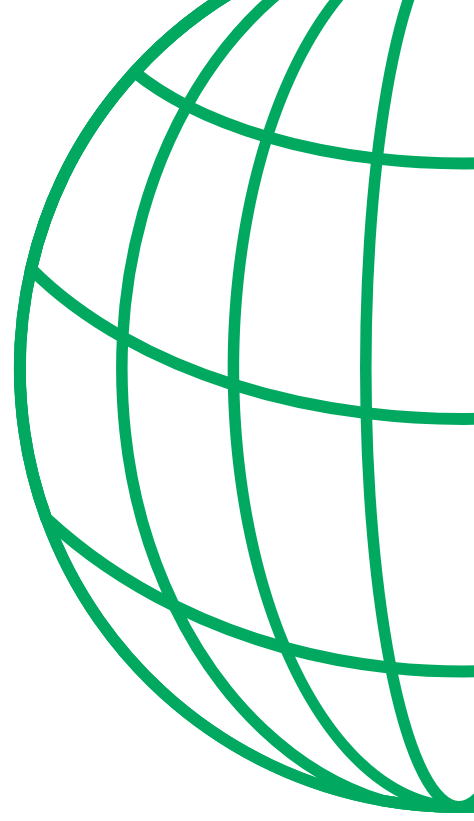Share the page
Gran Chaco: Uniting Three Countries to Protect a Threatened Ecological Treasure
Project


-
Project start date
-
Status
Completed
-
Estimated date of project termination
-
-
Project financing date
-
-
Financing duration
-
4 ans
-
Type of program
-
FFEM
-
Global financing amount
-
5000000 €
-
FFEM financing amount
-
1500000 €
-
Project lead member institution(s)
-
French Ministry for Ecological and Inclusive Transition (MTES)
-
Country and region
-
Argentina, Bolivia
-
Location
-
Buenos Aires
-
Type of financing
-
Grant
-
Partners
-
Global Environment Facility (GEF)
-
Beneficiaries
-
Fondation ProYungas
-
Type of beneficiary
-
NGO, Foundation
At the crossroads of Argentina, Bolivia, and Paraguay, the Pilcomayo River basin — the beating heart of the Gran Chaco — is home to a unique mosaic of dry forests, savannas, and wetlands. This ecosystem, rich in exceptional biodiversity and remarkable social diversity, is now under threat from an intensive and unsustainable development model. In response, an ambitious regional project is underway: to create a transboundary zone for conservation and sustainable development, strengthen local economies, halt deforestation, and build a shared future around a precious natural heritage.
Context
Gran Chaco is a vast geographical area, shared between the north of Argentina, the south-east of Bolivia, the north-east of Paraguay and the south-east of Brazil. It is the second largest wooded area after Amazonia. The project is a symbol of the regional dimension and focuses on the subwatershed of the Pilcomayo River, which straddles the 3 countries. Dry forests follow on from savannahs and wetlands, created by the meanderings of the river. The wealth of the flora and fauna of this combination of environments is internationally recognized. There are a number of species, some of which are endemic: jaguar, Chacoan peccary, tapir, armadillo, a subspecies of guanaco, several hundred bird species.
Chaco has a great social diversity, with a number of indigenous groups, rural communities, large landowners, and cities are growing but without erasing the strong rural nature of this area.
Pressure from “extractive” economic activities threaten resources (land, forests, water).
The exploitation of hydrocarbon deposits, the development of increasingly intensive agriculture and the opening of vast grasslands in the forest all have harmful impacts from both an environmental and socioeconomic perspective. This development model degrades resources in an unsustainable manner, jeopardizing the population and the activities they generate.
Description
The project comprises 4 components:
- Promote the creation of a regional sustainable development and conservation area in the Pilcomayo subwatershed;
- Contribute to reducing forest and land degradation processes, by conducting pilot local economic development operations;
- Disseminate and promote the outcomes and experiences of the project in Gran Chaco;
- Contribute to knowledge and information about deforestation and forest degradation processes, with a view to submitting REDD+ projects based on national political orientations.
Impacts
They concern the environmental, social, institutional and economic aspects to demonstrate the overall nature of sustainable development:
- Preserve biodiversity in the Pilcomayo subwatershed.
- Establish a group of ecological sites and corridors between the 3 countries.
- Establish a Regional Sustainable Development and Conservation Charter.
- Ensure the sustainability of sources of financing for local development actions and sustainable forest management actions by mobilizing funds (carbon finance).
- Improve living conditions for local communities.


